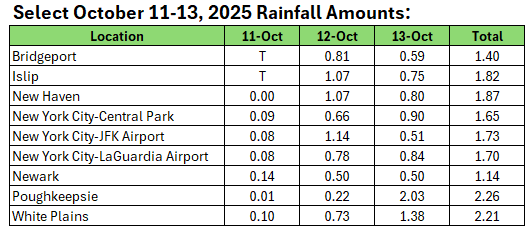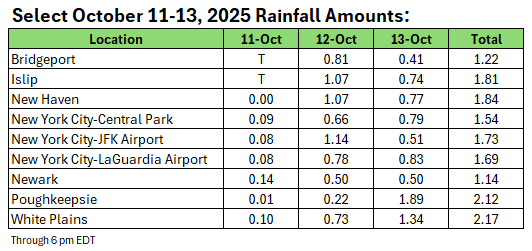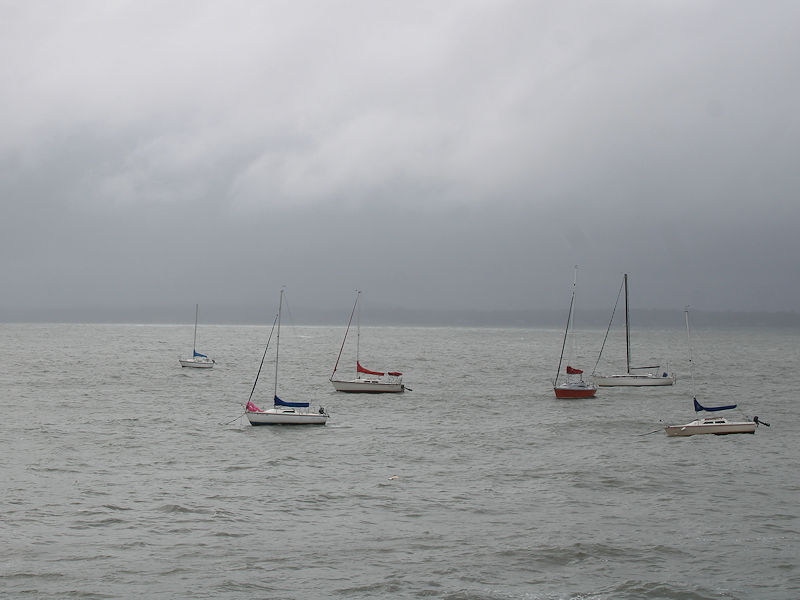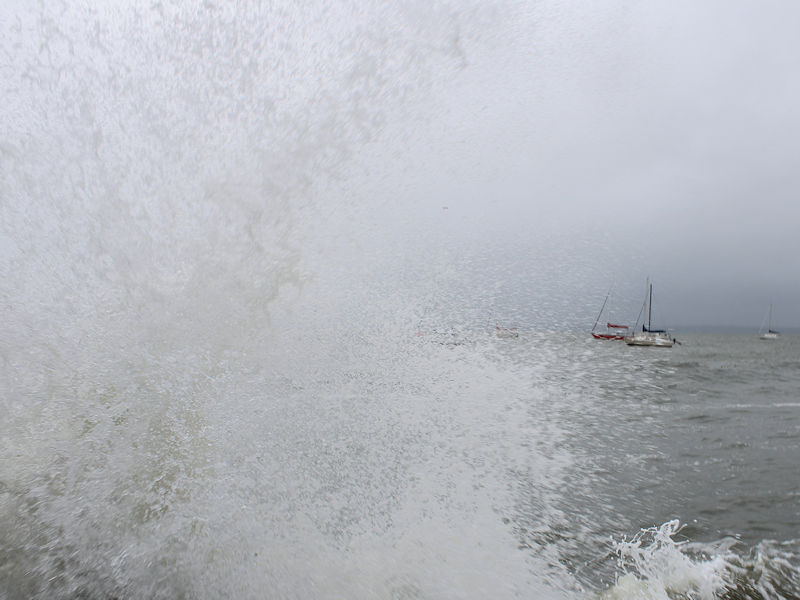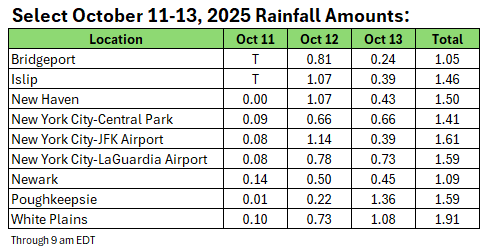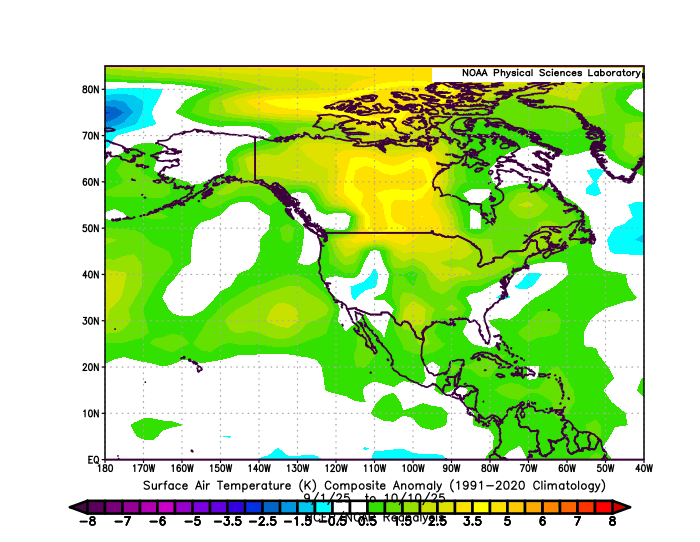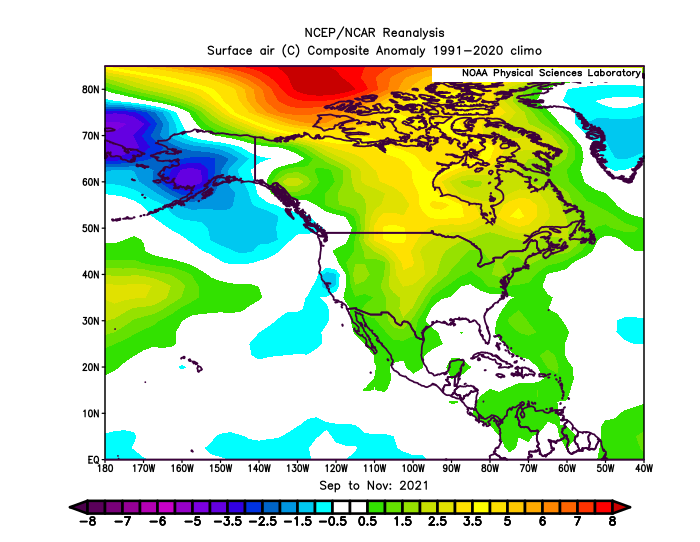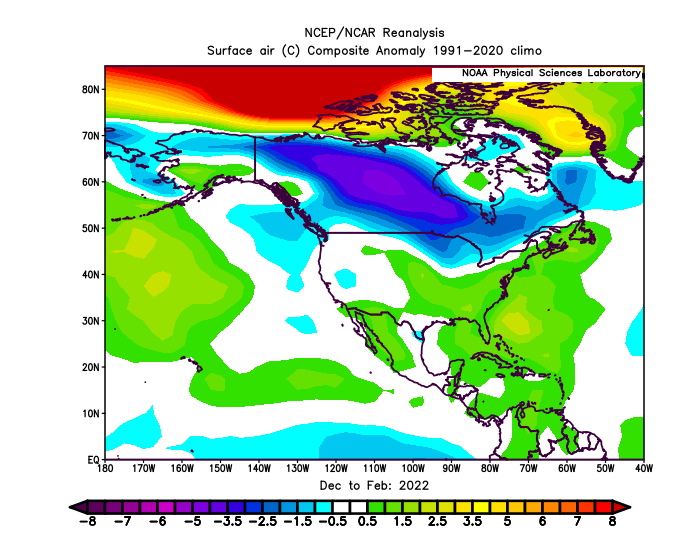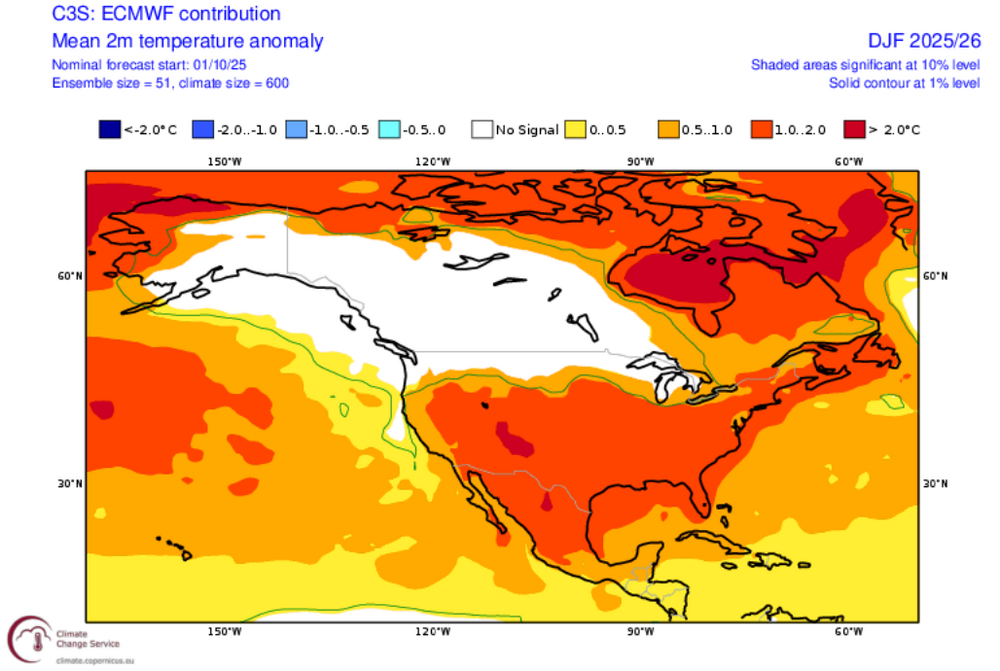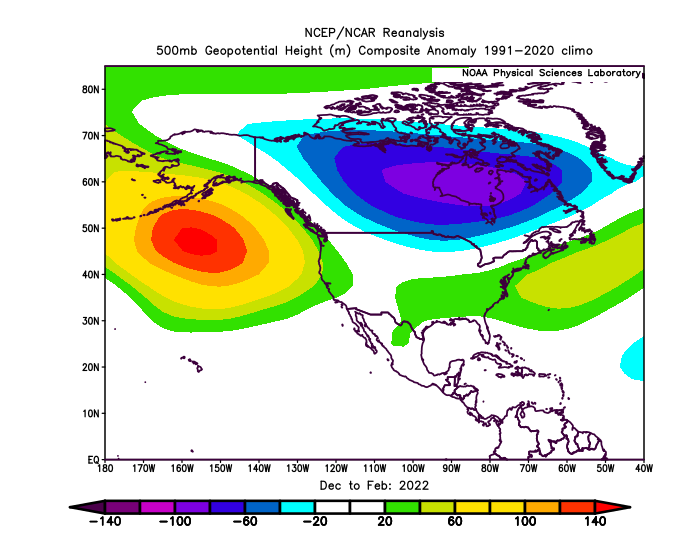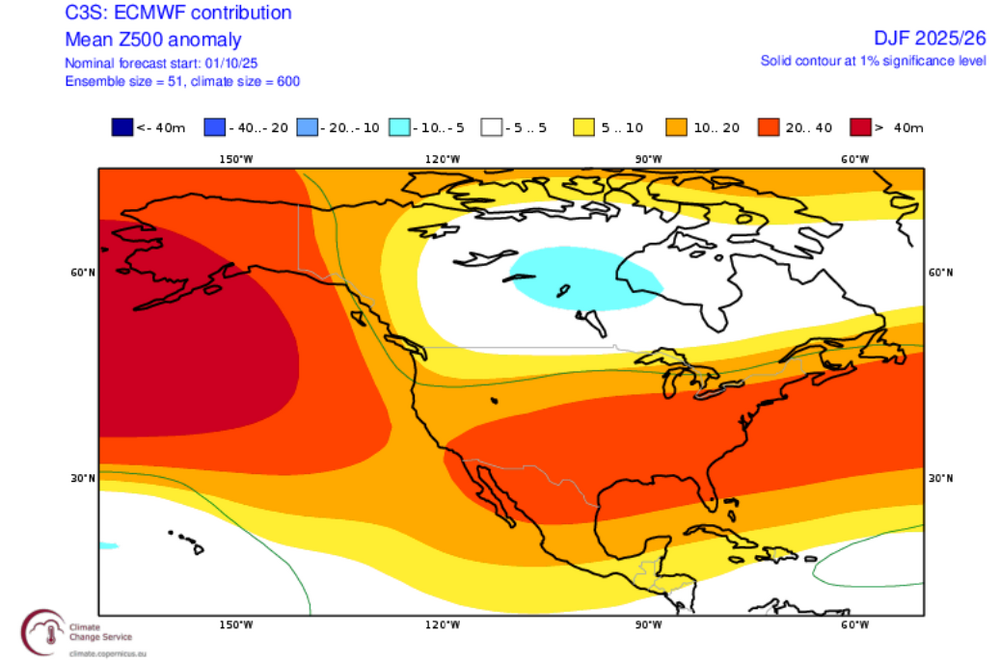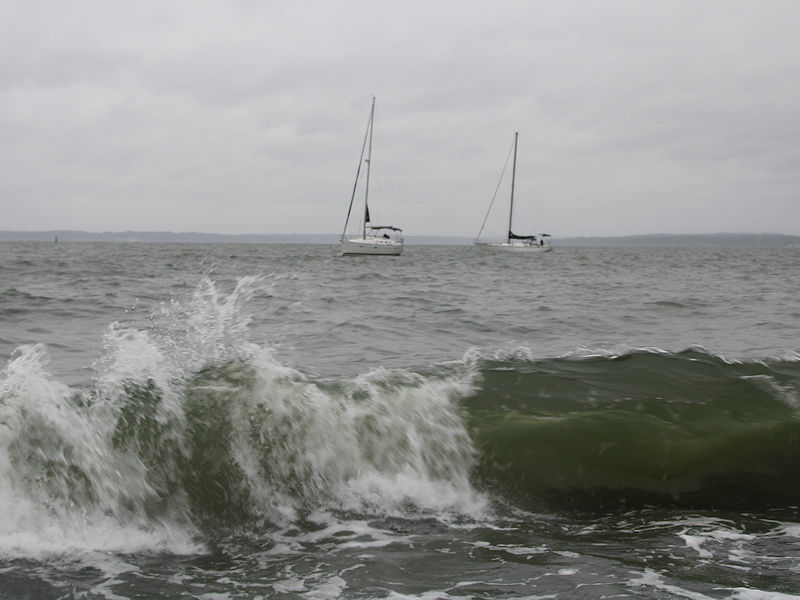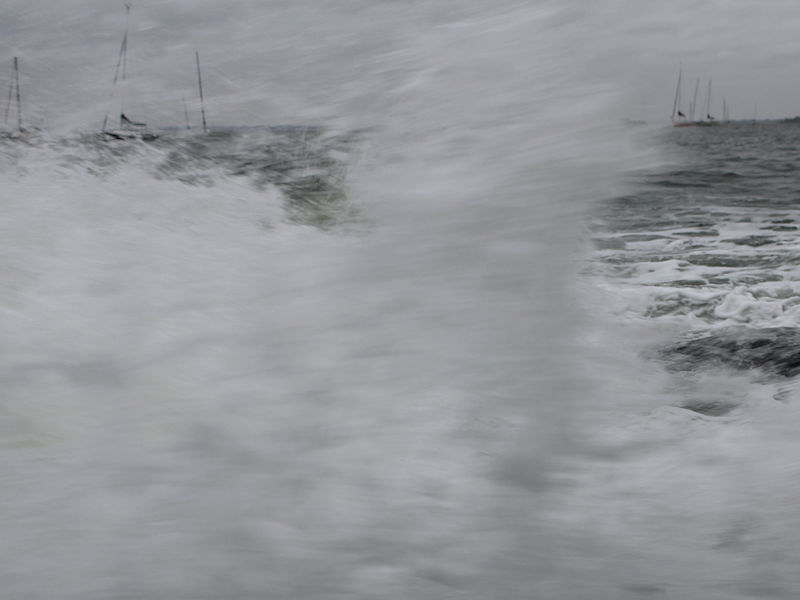-
Posts
22,495 -
Joined
About donsutherland1

Contact Methods
-
Website URL
http://wintercenter.homestead.com/photoindex.html
Profile Information
-
Four Letter Airport Code For Weather Obs (Such as KDCA)
KNYC
-
Gender
Male
-
Location:
New York
Recent Profile Visitors
The recent visitors block is disabled and is not being shown to other users.
-
- 723 replies
-
- 3
-

-
- heavy rain
- damaging wind
-
(and 2 more)
Tagged with:
-
Probably less than that in most places, but a few areas could still see another 0.25". Favored areas for the heavier amounts are on Long Island.
- 723 replies
-
- 1
-

-
- heavy rain
- damaging wind
-
(and 2 more)
Tagged with:
-
The nor'easter that brought heavy rainfall to the coastal plain is now poised to pull away. Some additional showers, periods of rain, and drizzle are likely overnight. Following the nor'easter, tomorrow will be mostly cloudy and mild. Clouds could break from west to east during the afternoon. Temperatures will top out in the lower 60s in many parts of the region. Wednesday will be partly sunny and milder with highs reaching the middle 60s. However, a fresh shot of cool air will move into the region late Wednesday or Wednesday night. Following the frontal passage, parts of the region could experience their coolest temperatures so far this fall. Dry conditions will likely prevail through the remainder of the week. In the 18 past years where Central Park saw at least two 80° or above highs and Newark saw at least two 84° or above highs during the first week of October, the temperature returned to 70° or above on at least one day during the second half of October in 17 (94.4%) of those cases. For all other cases, 84.1% saw at least one such high temperature during the second half of October. Therefore, the sharp cool spell very likely won't mean that New York City has seen its last 70° or above high temperature. The ENSO Region 1+2 anomaly was -0.1°C and the Region 3.4 anomaly was -0.3°C for the week centered around October 8. For the past six weeks, the ENSO Region 1+2 anomaly has averaged -0.12°C and the ENSO Region 3.4 anomaly has averaged -0.42°C. La Niña conditions will likely continue through mid-winter. The SOI was +7.15 today. The preliminary Arctic Oscillation (AO) was -0.345 today. Based on sensitivity analysis applied to the latest guidance, there is an implied 63% probability that New York City will have a warmer than normal October (1991-2020 normal). October will likely finish with a mean temperature near 58.8° (0.9° above normal). Supplemental Information: The projected mean would be 1.9° above the 1981-2010 normal monthly value.
-
Select rainfall amounts through 6 pm: Daily Record for October 13: Poughkeepsie: 1.89" (old record: 1.25", 2005)
- 723 replies
-
- 1
-

-
- heavy rain
- damaging wind
-
(and 2 more)
Tagged with:
-
- 723 replies
-
- 5
-

-

-
- heavy rain
- damaging wind
-
(and 2 more)
Tagged with:
-

2025-2026 ENSO
donsutherland1 replied to 40/70 Benchmark's topic in Weather Forecasting and Discussion
One doesn't need to include 2013-2014 to get some sustained periods of high latitude blocking, particularly in the EPO domain. If, and it remains conditional, 2013 falls apart in its ability to predict the fall pattern evolution, it's tough to argue that it should be retained. None of the cases, including the emerging 2021-2022 case, is perfect. But their ability to retain predictive value heading toward winter matters. For now, there is no strong evidence for a "blow torch" winter in the Northeast or Great Lakes Region. Snowfall looks better than in recent winters e.g., I posted an initial guess of 15"-25" for NYC in the NYC forum (Boston looks even better, though not a blockbuster). -
Through 9 am, rainfall amounts have been pretty much in line with expectations for the ongoing event.
- 723 replies
-
- 1
-

-
- heavy rain
- damaging wind
-
(and 2 more)
Tagged with:
-

2025-2026 ENSO
donsutherland1 replied to 40/70 Benchmark's topic in Weather Forecasting and Discussion
I agree. That it misses on some other key variables i.e., IOD, QBO, etc., leads me to rank it lower, excluding the SSTs. It's still in the larger mix. I'll re-examine the SSTAs later this month. The October outcome could provide a powerful clue. The 2013 500 mb outcome diverges from the last monthly ECMWF forecast for October. If the ECMWF forecast is reasonably accurate, that will indicate that the 2013 scenario is off track. And if the "Blob" continues to dissipate, that would be a further signal. -

2025-2026 ENSO
donsutherland1 replied to 40/70 Benchmark's topic in Weather Forecasting and Discussion
It's too soon to tell. Last winter's miss was unusually large. One can probably use a +/- 1°C range to consider reasonable possibilities. -

2025-2026 ENSO
donsutherland1 replied to 40/70 Benchmark's topic in Weather Forecasting and Discussion
To date, among the emerging cases that could provide insight into Winter 2025-2026 temperatures is 2021 (ENSO, RONI, QBO, IOD, and PDO). Consistent with the lack of statistical relationship between ACE and winter temperatures/snowfall, ACE isn't considered. Solar flux is also a mismatch (suggesting perhaps a milder version of 2021-2022), but for now this is an emerging case. The evolution of the North Pacific SSTAs and continuing evolution of ENSO will be important factors. Here's the fall 2025 outlook using 2021: Fall 2025 (through October 10): Winter 2025-2026 using 2021-2022: ECMWF DJF Forecast: -

Mountain West Discussion
donsutherland1 replied to mayjawintastawm's topic in Central/Western States
Just in time for Thanksgiving Day. Have a great Thanksgiving Day, tomorrow. -
-
A nor'easter will continue to bring periods of rain and strong winds to the region into early Tuesday. A general 1"-3" rainfall is likely across the region with locally higher amounts. The wind will gust to 40 mph in New York City and its nearby suburbs, and 60 mph along portions of the Jersey Shore and eastern Long Island. Coastal flooding and beach erosion are likely. Following the nor'easter, a fresh shot of cool air will move into the region during the middle of next week. Some parts of the region could experience their coolest temperatures so far this fall. Dry conditions will likely prevail through the remainder of the week. In the 18 past years where Central Park saw at least two 80° or above highs and Newark saw at least two 84° or above highs during the first week of October, the temperature returned to 70° or above on at least one day during the second half of October in 17 (94.4%) of those cases. For all other cases, 84.1% saw at least one such high temperature during the second half of October. Therefore, the sharp cool spell very likely won't mean that New York City has seen its last 70° or above high temperature. The ENSO Region 1+2 anomaly was -0.1°C and the Region 3.4 anomaly was -0.5°C for the week centered around October 1. For the past six weeks, the ENSO Region 1+2 anomaly has averaged -0.15°C and the ENSO Region 3.4 anomaly has averaged -0.43°C. La Niña conditions will likely continue through mid-winter. The SOI was +8.31 today. The preliminary Arctic Oscillation (AO) was -0.008 today. Based on sensitivity analysis applied to the latest guidance, there is an implied 61% probability that New York City will have a warmer than normal October (1991-2020 normal). October will likely finish with a mean temperature near 58.8° (0.9° above normal). Supplemental Information: The projected mean would be 1.9° above the 1981-2010 normal monthly value.
-
While the New York City area waits as the nor'easter's rain spreads north and westward into the region, Phoenix has been having an incredibly wet day. It has seen hourly rainfall as high as 0.63" and has picked up 1.83" so far, today. Today is the fourth wettest October day on record there. The two-day figure of 2.53" is the second highest two-day amount on record. October records go back to 1895.
-
Hopefully, the flooding won't be so bad that it would affect the unraised homes.
- 723 replies
-
- 1
-

-
- heavy rain
- damaging wind
-
(and 2 more)
Tagged with:





